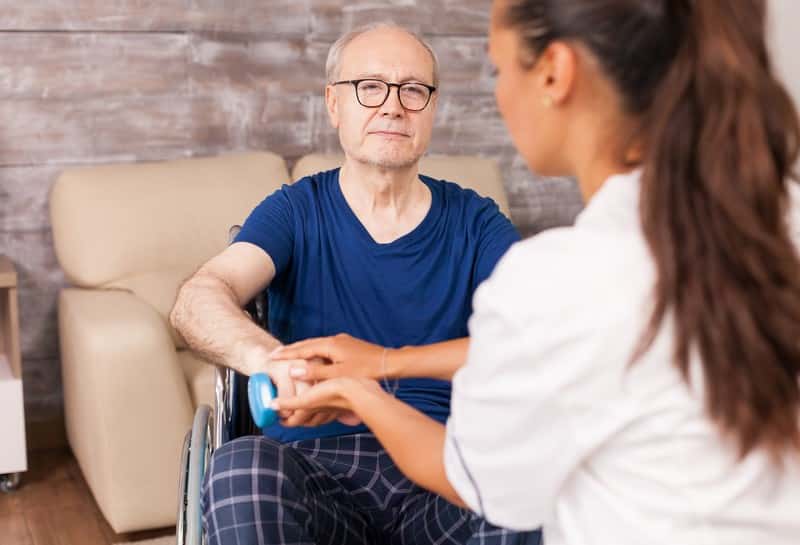A stroke, or brain attack as it’s sometimes called, can occur when the brain’s blood vessels bleed and rupture or if a blockage obstructs the blood supply. Based on the CDC’s reports, strokes are one of the leading causes of death among Americans. Every year, nearly 800,000 people in the country die of stroke. The condition’s primary types are transient ischemic attacks and ischemic and hemorrhagic strokes.
Some factors can make a person more vulnerable to episodes of stroke. These include a poor dietary regimen high in salt and cholesterol, inactivity or sedentary lifestyle, excessive consumption of alcohol, tobacco use, family history, and age. In addition, your health history can also increase the risk of strokes, such as elevated blood pressure, diabetes, high cholesterol, defective heart valves, irregular heartbeats, enlarged chambers, sickle cell disorder, and blood clotting name a few.
Stroke complications can vary and occur because of specific abilities being permanently compromised or due to brain injury. These include seizures, bowel control, cognitive impairment, decreased mobility, emotional or mood changes, shoulder pain, bed sores, and sensation or sensory changes, to name a few. People turn to medication, physical therapy, and counseling to manage these compilations.
Paralysis

A common symptom of strokes, paralysis refers to muscle function loss. Depending on the severity and cause, it can be generalized or localized, complete or partial, permanent or temporary. It can also impact all body parts. Those who experience paralysis are unlikely to feel any discomfort or sensation in affected areas. The outlook and treatment plan usually depends on the condition’s underlying cause and any additional symptoms experienced.
Paralysis is classified in various ways. For example, generalized paralysis is categorized as monoplegia, hemiplegia, paraplegia, and quadriplegia, depending on the body parts affected. Its severity and duration are also factors that healthcare providers consider when classifying paralysis. While some are born paralyzed or develop it as a result of an accident, a common trigger for the condition is developing a stroke. Other causes include cerebral palsy, post-polio syndrome, and neurofibromatosis.
Most people who develop paralysis can rarely regain sensation or mobility in affected areas. However, even in cases that aren’t curable, doctors can recommend therapeutic interventions, specific technologies, and other strategies to improve their living standards. For instance, electronic mobility equipment and special braces may help paralyzed individuals become as mobile as possible. Therapists can also help in mild cases.










